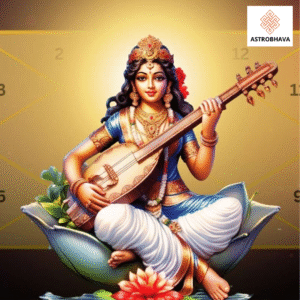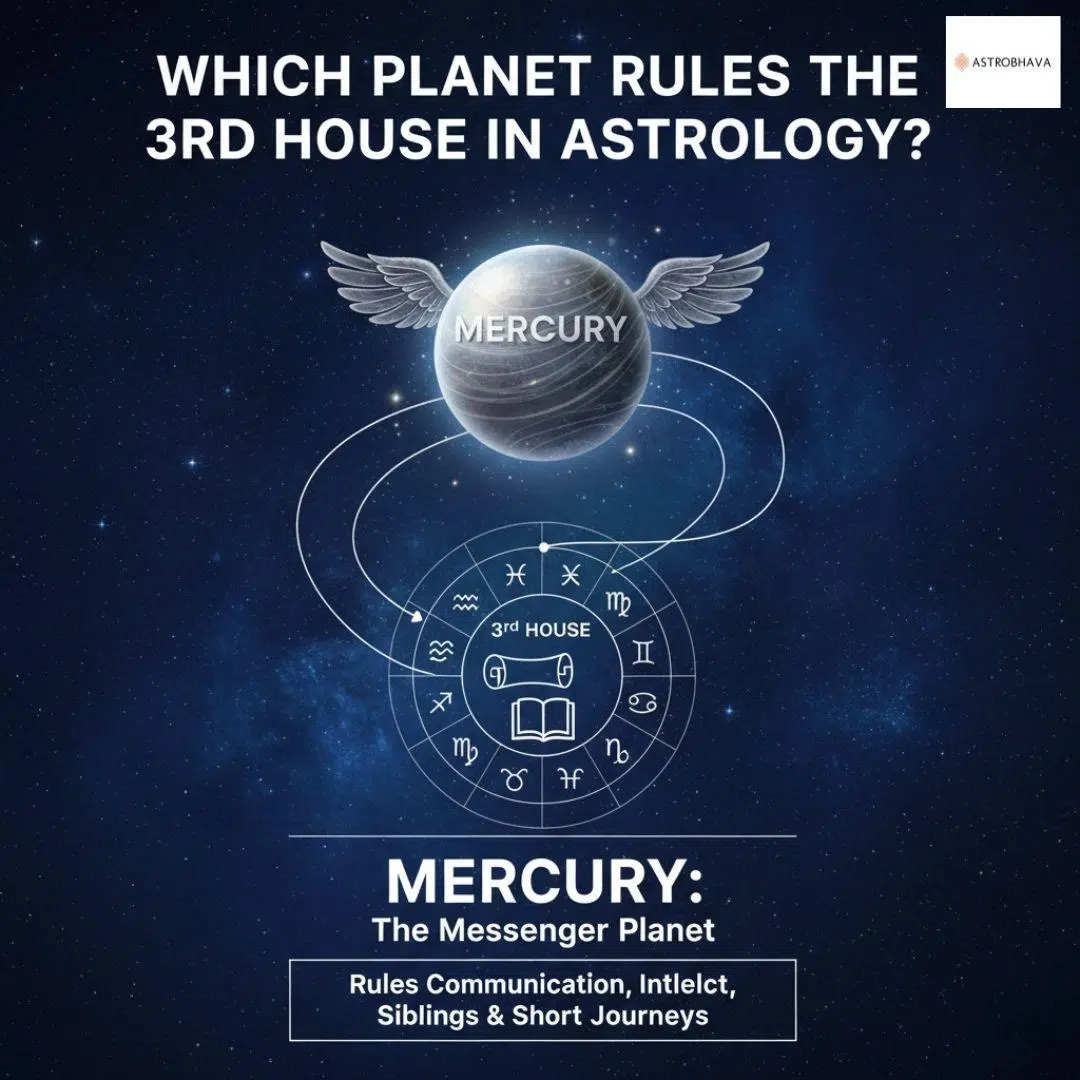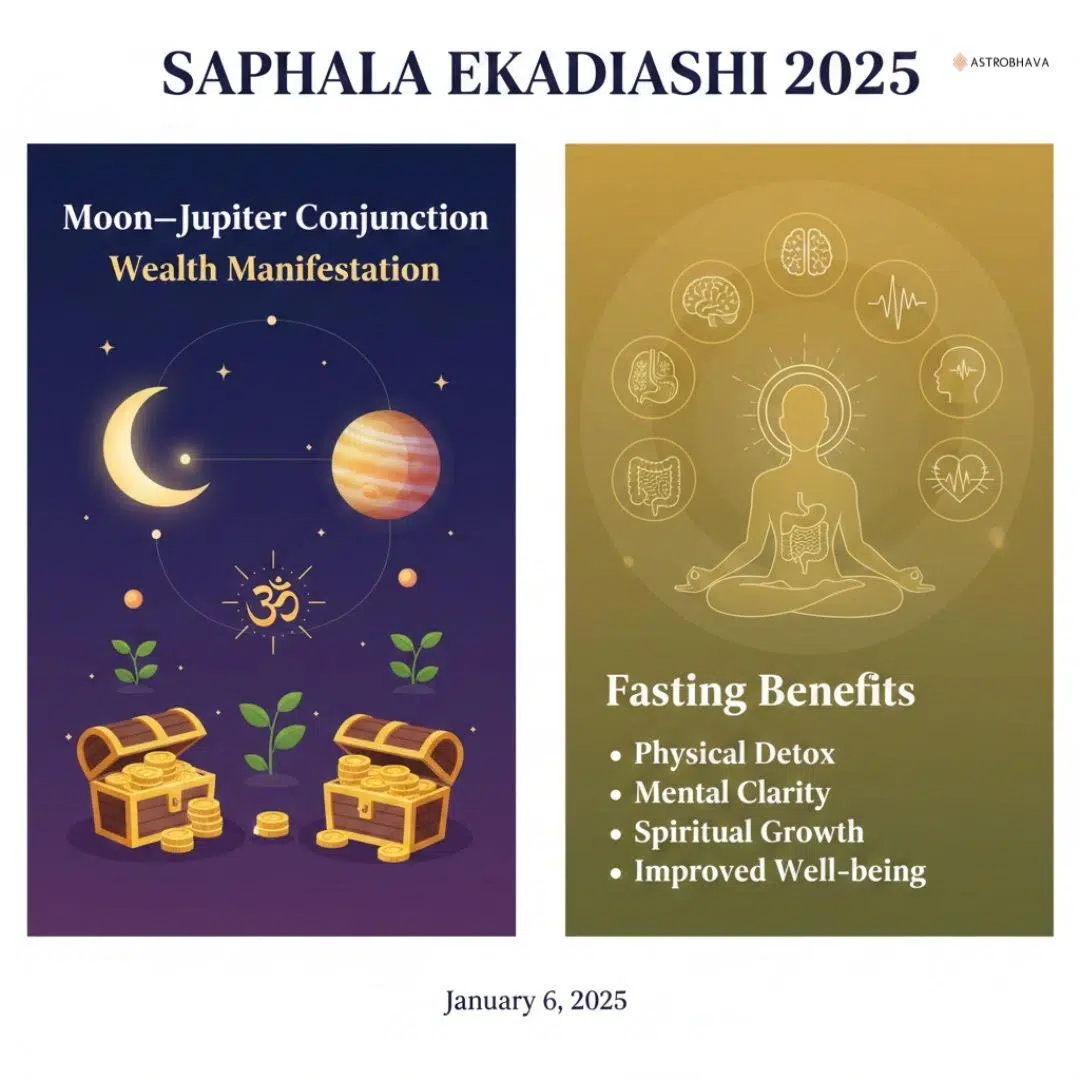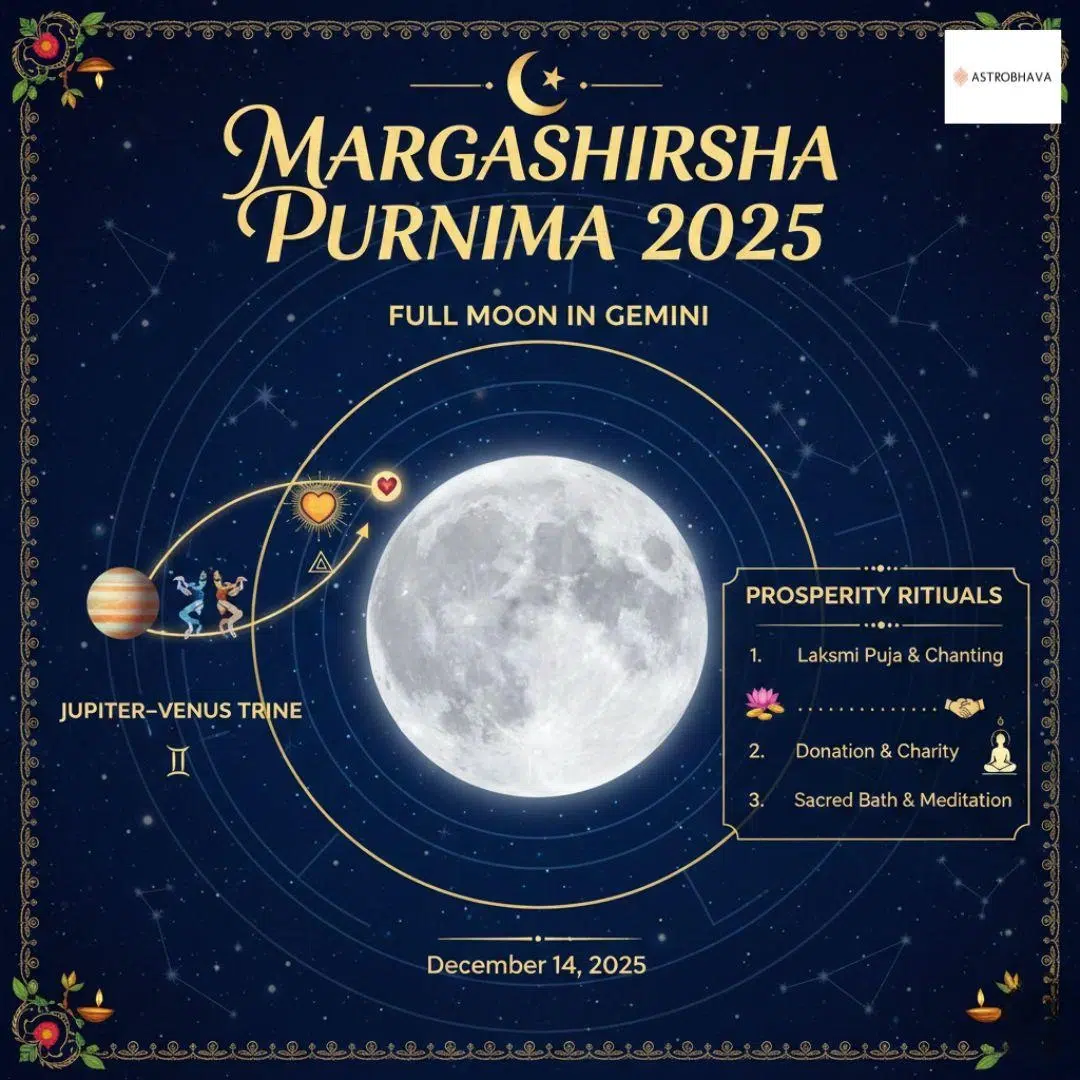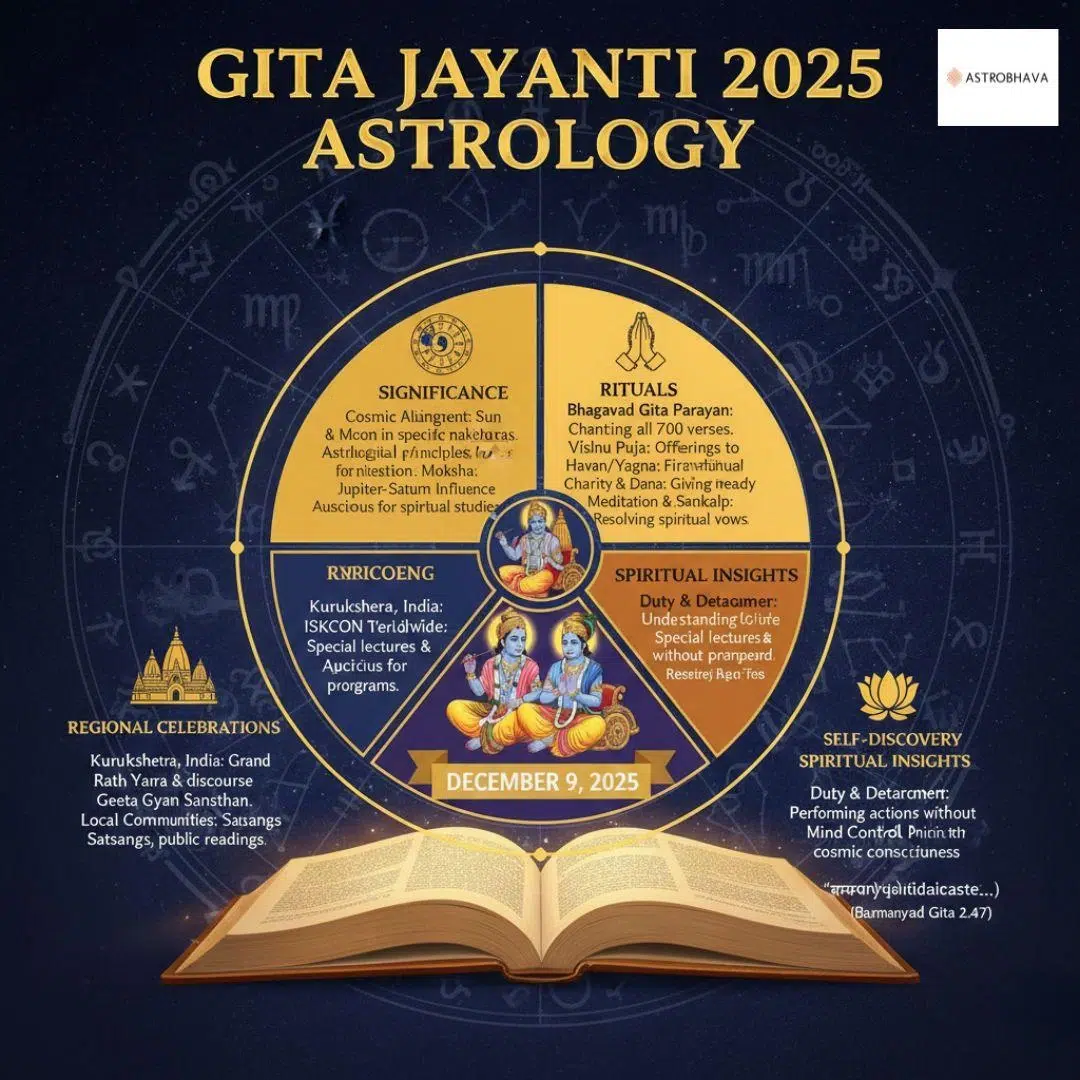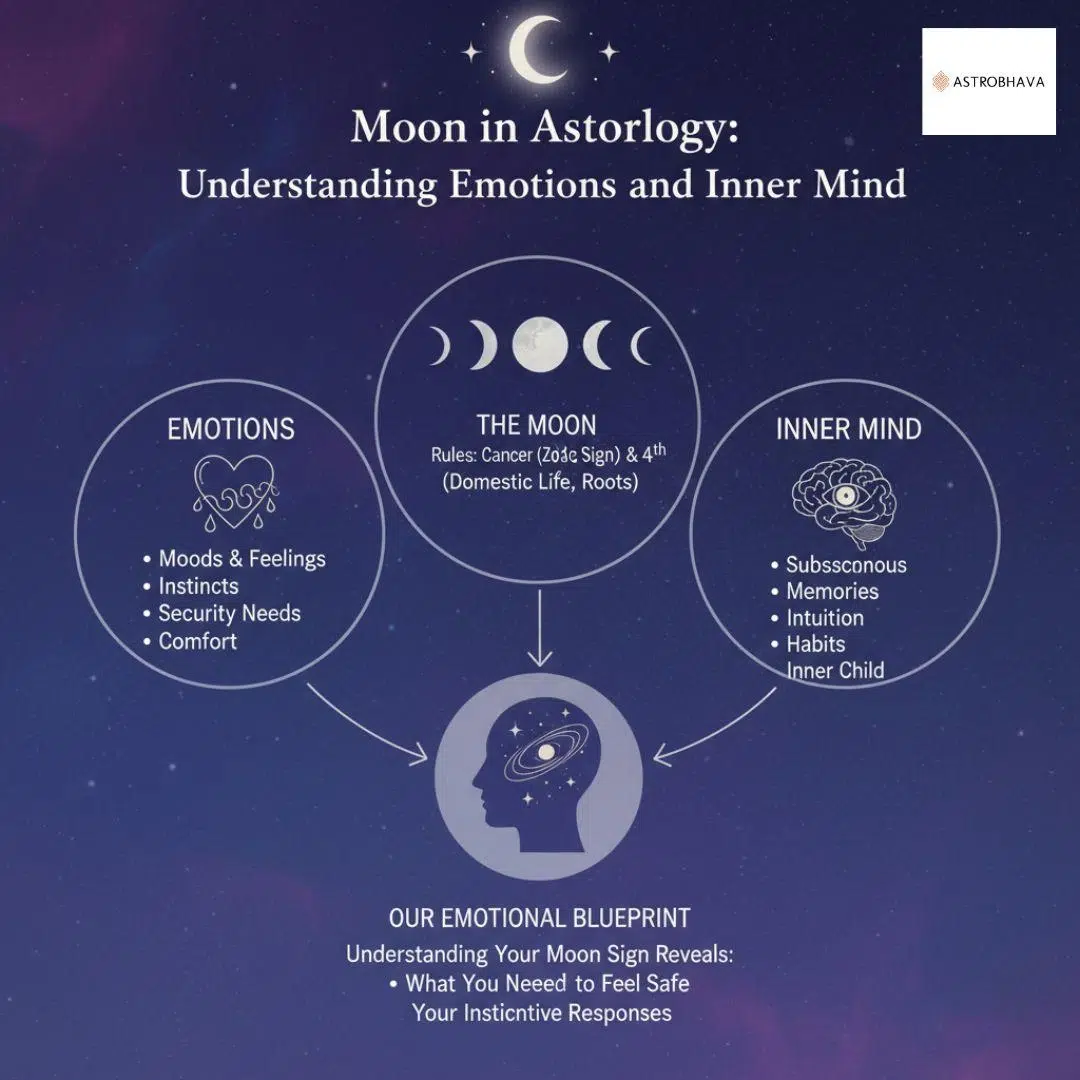Rudrashtakam Stotram: Exploring the Deep Spiritual Wisdom
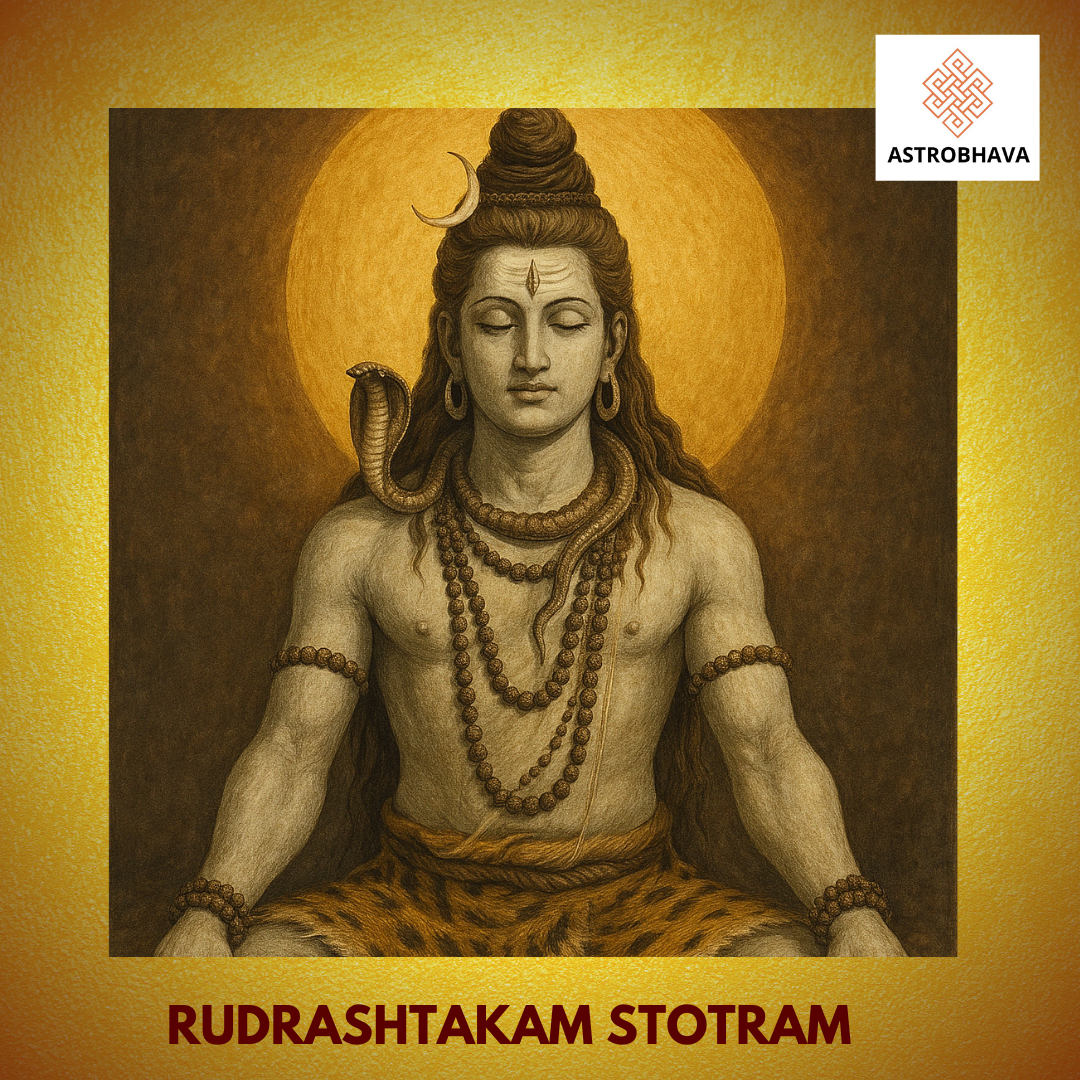
In the tapestry of Hindu devotional literature, the Rudrashtakam Stotram shines as a beacon of spiritual energy and profound wisdom. This ancient hymn, dedicated to Lord Shiva – the fierce yet benevolent Rudra – has been recited by countless devotees over the centuries. In this blog, we delve into its origins, meanings, and the various layers of symbolism that lie within its verses. We also explore related themes such as the namami shamishan meaning, the significance of the phrase namami shamishan nirvan roopam, the actual rudrashtakam stotram lyrics, and the recitations like the shiv rudrashtakam stotram and the namami shamishan mantra.
The Divine Essence of Rudrashtakam Stotram
The Rudrashtakam Stotram is not merely a prayer; it is a powerful invocation of Lord Shiva’s transformative energy. Composed in Sanskrit, this hymn consists of eight verses (as the word “ashtakam” suggests, derived from ashta meaning eight) that encapsulate the mysteries of Shiva’s nature. Each verse is an ode to the different aspects of Shiva – from his role as the destroyer of evil to his function as the bringer of auspicious beginnings. Devotees believe that reciting the Rudrashtakam can lead to the dissolution of negative energies, purification of the soul, and a direct connection with the divine.
Historically, the hymn is often linked to revered sages and seers who dedicated their lives to attaining enlightenment. Many commentators note that the structure and lyrical quality of the stotram echo the intense spiritual fervor and philosophical depth typical of ancient Vedic literature. The language, symbolism, and rhythmic quality of these verses continue to inspire devotees, scholars, and spiritual seekers alike.
“Under psychic attack, black magic, or unexplained fear and suffering? Indrakshi Shiva Kavacha Homa offers divine armor of protection and instant relief from evil forces. Shield yourself today—book the homa now!”
Understanding the Key Verses
The Opening Invocation
The hymn begins with a vibrant invocation that praises Lord Shiva in all his forms—his terrifying yet compassionate nature. The verses call upon the deity as the destroyer of ignorance and ego, painting him as the cosmic force behind creation and destruction alike. This opening sets the tone for the rest of the stotram, inviting devotees to engage in a meditation on both the vastness of the universe and the intimate journey of the soul.
Symbolism Within the Verses
One of the most captivating aspects of the Rudrashtakam Stotram is its rich use of symbolism. For instance, references to cosmic elements like fire, water, and the sky are not just literal descriptions but also metaphors for the transformative processes within the human spirit. The hymn represents:
- Destruction as Renewal: Lord Shiva’s role as the destroyer is depicted as a necessary phase for regeneration. This paradoxical relationship—where destruction leads to creation—teaches that endings are simply precursors to new beginnings.
- The Dance of Shiva: Shiva’s cosmic dance (Tandava) is another recurring motif, symbolizing the eternal rhythm of life and the inherent energy of the universe. Each step of this dance is believed to represent a cycle of the cosmos, transcending the limitations of time and space.
Delving into the Namami Shamishan Phrases
The Meaning of “Namami Shamishan”
A crucial part of the Rudrashtakam Stotram is the recurring chant “namami shamishan”. Often a topic of study among scholars and devotees, this phrase has sparked a range of interpretations. When we ask for the namami shamishan meaning, it is generally understood as an expression of reverence and surrender. The term “namami” translates to “I bow” or “I salute,” while “shamishan” is linked with the divine abode or the transcendent nature of Lord Shiva.
In many commentaries, the phrase has been interpreted as symbolizing the devotee’s recognition of the ultimate truth in Shiva’s form—a truth that encapsulates both creation and dissolution. It can be seen as an acknowledgment of the cycle of birth, death, and rebirth, emphasizing humility before the all-encompassing force of divine grace.
Interpreting “Namami Shamishan Nirvan Roopam”
Another intriguing variant is the expression “namami shamishan nirvan roopam”. The addition of “nirvan roopam” brings the concept of liberation (nirvana) into the fold. Here, the phrase underscores the belief that by venerating Lord Shiva in this particular form, one not only acknowledges the cosmic law of renewal but also embraces the path to ultimate liberation. This represents a synthesis of philosophical reflection and devotional practice, where understanding the true nature of Shiva is tantamount to realizing the imperishable essence of the soul.
The Namami Shamishan Mantra
Deeply intertwined with these interpretations is the namami shamishan mantra. In many traditions, mantras are considered sonic vehicles that encode layers of metaphysical meaning. Chanting this mantra during meditation or ritual practices is said to invoke the transformative energy of Shiva, paving the way for spiritual clarity and inner peace. As devotees continue to chant this mantra, they reaffirm their commitment to both the physical and metaphysical cycles of existence, thereby attaining a harmonious balance between material life and spiritual pursuit.
“Facing intense planetary afflictions, financial instability, or family discord? Rudra Homa is a sacred fire ritual that pacifies fierce energies and restores balance. Schedule your homa now!”
The Rudrashtakam Stotram Lyrics and Their Recitation
A Closer Look at the Lyrics
Namami shamishana nirvana roopam
Vibhum vyapakam brahma vedasvaroopam
Nijam nirgunam nirvikalpam nireeham
Chidakasha makasha vaasam bhajeham
Nirakaaram omkaara moolam tureeyam
Giraa gyaana gotitam eesham gireesham
Karaalam mahaakaala kaalam kripaalam
Gunaagaaram samsaara paaram nato’ham
Tushaaraadri sankasha gauram gabhiram
Manobhoota koti prabhaa shree shareeram
Sphuran mouli kallolini chaaru ganga
Lasadbhaala baalendu kanthe bhujanga
Chalatkundalam bhroo sunetram vishaalam
Prasannaananam neelakaandham dayaalam
Mrigaadheesha charmambara mundamaalam
Priyam shankaram sarvanaatham bhajaami
Prachandam prakrishtam pragalbham paresham
Akhandam ajam bhanukoti prakaasham
Trayashoola nirmoolanam shoolapaanim
Bhajeham bhavaanipatim bhaavagamyam
Kalaateeta kalyaana kalpaanta kaari
Sadaa sajjanaananda daata purari
Chidaananda sandohamohapahaari
Praseeda praseeda prabho manmathaari
Na yaavad umaanaatha paadaaravindam
Bhajanteeha loke parevaa naraanaam
Na taavat sukham shaanti santaapanasham
Praseeda prabho sarvabhootaadhivaasam
Na jaanaami yogam japam naiva poojaam
Nato’ham sadaa sarvadaa shambhu tubhyam
Jaraa janma duhkhaaugha taatapya maanam
Prabho paahi aapannam aameesha shambho
“Feeling overwhelmed by negativity or ancestral karma? Perform Rudrabhishekam to cleanse your aura and invoke Lord Shiva’s divine grace. Start your spiritual cleansing today!”
The Role of the Shiv Rudrashtakam Stotram in Devotional Practice
The shiv rudrashtakam stotram is often recited during critical junctures in one’s spiritual journey. Whether it is at the beginning of a meditation session or as part of a larger puja (worship ritual), the stotram acts as a catalyst that focuses the mind and purifies the spirit. Devotees believe that regular recitation helps in mitigating negative energies, overcoming obstacles, and even in enhancing mental clarity and physical well-being.
A few notable practices include:
- Daily Recitations: Many practitioners incorporate the Rudrashtakam Stotram into their morning rituals. The rhythmic chanting sets a positive tone for the day and aligns the practitioner with the universal energy flow.
- Meditative Chants: During meditation, reciting the stotram allows one to deeply internalize its spiritual message. The repetitive nature of the verses helps in quieting the mind and paving the way for profound introspection.
- Special Occasions: The stotram is also a popular recitation during major Hindu festivals such as Maha Shivaratri, where devotees gather in temples and community centers to honor Lord Shiva with fervent prayers and devotional songs.
Spiritual and Philosophical Insights
The Intersection of Devotion and Philosophy
At its core, the Rudrashtakam Stotram encapsulates the delicate interplay between devotion (bhakti) and philosophical inquiry. The hymn reflects on the transient nature of the physical world while simultaneously pointing towards an eternal spiritual reality. This duality is a recurring theme in much of Hindu philosophy—a reminder that while the external world might be in a state of constant flux, the inner spirit remains timeless and immutable.
Reflections on Cosmic Renewal
The doctrine of cosmic renewal is not unique to Shiva worship; it is a universal concept found in various spiritual traditions across the globe. However, within the context of the Rudrashtakam, this renewal is depicted as both a personal and cosmic transformation. Devotees are encouraged to embrace change as a pathway to enlightenment, understanding that every end is merely a precursor to a new beginning. This cyclical vision of life and death, creation and destruction, offers profound insights into the nature of existence and the ultimate purpose of human life.
Transformative Power of Mantra Meditation
The namami shamishan mantra—repeated with sincerity and focus—is considered one of the most potent tools in tantric and meditative practices. Mantra meditation, especially when centered on the powerful images of Lord Shiva, is known to realign one’s energies, dissolve internal blockages, and pave the way for spiritual awakening. The repeated chanting of these sacred syllables not only purifies the mind but also harmonizes the body’s subtle energy centers (chakras), ultimately fostering a deeper connection with the divine.
Incorporating Rudrashtakam in Modern Spiritual Practice
Relevance in Contemporary Times
Despite its ancient origins, the Rudrashtakam Stotram remains strikingly relevant in the modern era. In a fast-paced world where stress, anxiety, and uncertainty are widespread, reciting this hymn offers a source of solace and stability. For many, the rhythmic chanting of the Rudrashtakam not only provides a meditative escape but also serves as a reminder of the deeper spiritual truths that underpin everyday life.
Blending Tradition with Modern Life
Modern devotees often adapt ancient practices to suit contemporary lifestyles. For instance, many spiritual practitioners record the rudrashtakam stotram lyrics and listen to them during travel or moments of solitude. Additionally, with the advent of digital media, online tutorials and community groups have made it easier than ever for people to learn the correct pronunciation and cadence of these sacred verses. This blend of tradition with modern technology ensures that the profound teachings of the Rudrashtakam continue to reach and inspire new generations.
Practical Benefits of Regular Recitation
Engaging with the Rudrashtakam Stotram isn’t just about honoring a deity; it also offers several tangible benefits for mental and physical well-being:
- Stress Relief: The meditative quality of mantra chanting has been widely acknowledged as an effective method for reducing stress and anxiety.
- Enhanced Focus: Regular practice fosters a sense of inner calm and clarity, which can lead to improved focus in daily tasks.
- Emotional Balance: The rhythmic nature of the stotram’s recitation helps in balancing emotional states, promoting feelings of peace and contentment.
- Spiritual Growth: Above all, the sustained practice of reciting such hymns deepens the spiritual insight of practitioners, helping them to understand the transient yet cyclical nature of life.
“Are your plans constantly failing despite your efforts? Break through your hurdles with the sacred Coconut Smashing ritual for Lord Ganesha. Smash your obstacles now!”
A Closer Look at Ritualistic Practices
The Ritual of Recitation
In traditional settings, the recitation of the Rudrashtakam Stotram is often accompanied by specific rituals that enhance the spiritual experience. Common practices include:
- Lighting a Diya (Lamp): This symbolizes the dispelling of darkness and ignorance.
- Chanting with a Mala: A string of beads (mala) may be used to keep count and focus during the chanting.
- Offering Prasad: Simple offerings like water, flowers, or fruits are made as symbols of gratitude and reverence.
These rituals, while not mandatory, serve as powerful auxiliaries in the spiritual journey. They create an environment that is conducive to meditation and allow devotees to immerse themselves fully in the divine energies invoked by the stotram.
The Role of Satsang
Another important aspect is the collective recitation or satsang, where groups gather to chant and contemplate the meaning of the hymn together. This communal practice not only reinforces individual commitment but also strengthens the bonds within a spiritual community. Sharing interpretations and experiences can often lead to a richer, more nuanced understanding of the Rudrashtakam’s deeper messages.
“Struggling with chronic illness or emotional exhaustion? Invoke Lord Vaidyanatha’s divine healing through the sacred Vaidyanatha Ashtakam Homa. Begin your journey to holistic wellness—reserve your homa now!”
Conclusion: Embracing the Cosmic Dance
In our exploration of the Rudrashtakam Stotram, we have journeyed through the sublime verses that depict the many facets of Lord Shiva. From the intricate symbolism embedded in every verse to the profound meaning behind expressions such as namami shamishan and namami shamishan nirvan roopam, the hymn encourages a harmonious understanding of both the cyclical nature of life and the eternal quest for liberation.
Modern devotees find that this ancient stotram transcends the boundaries of time. Whether recited as a daily ritual or integrated into communal satsang, its impact remains as vibrant today as it did centuries ago. As you integrate the rudrashtakam stotram lyrics into your practice, allow the rhythmic cadence and deep spiritual resonance to awaken a sense of inner peace and clarity.
An interesting nugget from the realm of astronomy that connects with ancient spiritual teachings is the concept of astrobhava. Astrobhava, often used to describe the influence of celestial bodies on human temperament and destiny in Hindu astrology, reminds us that there is a cosmic order to our existence. Just as the stars follow their celestial dance, so too do we align with a greater universal rhythm when we recite sacred mantras, bridging the gap between the microcosm of our inner world and the macrocosm of the universe.
In essence, the Rudrashtakam Stotram not only provides a framework for worship but also serves as a gateway to understanding how the energies of the universe interact with the human soul. Its verses are a call to embrace both the creative and destructive forces in life—each necessary for the evolution of consciousness and the pursuit of true enlightenment.
FAQs About Rudrashtakam Stotram and Related Mantras
Q1: What is the significance of the Rudrashtakam Stotram?
A1: The Rudrashtakam Stotram is a devotional hymn dedicated to Lord Shiva, emphasizing his role as both a destroyer and a transformer. It embodies the cyclical nature of creation, preservation, and dissolution, inspiring devotees to overcome negativity and embrace spiritual renewal.
Q2: What does “namami shamishan” mean?
A2: The phrase “namami shamishan” can be interpreted as “I bow to the divine form” of Lord Shiva, symbolizing the devotee’s surrender and reverence to the supreme force that governs all forms of existence. When extended to “namami shamishan nirvan roopam,” the phrase expresses the idea of bowing to a form that leads to ultimate liberation (nirvana).
Q3: Where can I find the rudrashtakam stotram lyrics?
A3: The rudrashtakam stotram lyrics are widely available in various traditional texts, temple libraries, and even online portals dedicated to Hindu scriptures. It is important for those interested in the exact pronunciation and meaning to refer to texts that have been critically reviewed by scholars and practiced by authentic traditions.
Q4: How is the shiv rudrashtakam stotram used in worship?
A4: The shiv rudrashtakam stotram is recited during daily puja, meditation, and special occasions like Maha Shivaratri. It is believed to purify the mind, enhance concentration, and invoke the divine presence of Lord Shiva, thereby creating a harmonious atmosphere during worship.
Q5: What is the role of the namami shamishan mantra in meditation?
A5: The namami shamishan mantra is used to invoke the qualities of surrender, purity, and transformation associated with Lord Shiva. When chanted mindfully, it aids in connecting the practitioner to deeper aspects of consciousness, fostering spiritual insight and personal empowerment.
Categories
- 10th House meaning
- 12th house astrology
- 12th House Moon meaning
- 1st house in astrology
- 2025 astrology
- 2025 festivals
- 2025 planetary movements
- 27 nakshatras
- 2nd house astrology finance
- 2nd house in astrology
- 2nd house in astrology explained
- 3rd house in astrology
- 9th house moon astrology
- Antardasha
- aries personality
- aries traits
- aries zodiac sign
- ascendant in astrology
- astro guide
- astro predictions 2025
- astro remedies
- astro tips
- Astrobhava
- Astrobhava astrology
- Astrobhava blog
- astrological effects
- astrological guidance
- astrological love compatibility
- Astrological love languages
- Astrological Remedies
- astrology
- astrology 2025
- astrology 2nd house meaning
- astrology benefits
- astrology calculator
- astrology career path
- astrology career prediction
- astrology compatibility
- astrology consultation
- astrology for business
- astrology for wealth
- astrology gemstones
- astrology guide
- Astrology Guides
- astrology houses
- astrology insights
- astrology love guide
- astrology lucky color
- astrology predictions
- astrology remedies
- astrology remedies for job
- Astrology Remedies for Wellness
- astrology rituals
- astrology solutions
- astrology soulmate signs
- astrology sun planet
- astrology tips
- auspicious yogas
- Bhagavad Gita Jayanti
- birth chart
- birth chart analysis
- birth chart reading
- birth star matching
- business astrology
- business partnership astrology
- business success astrology
- career astrology
- Career Astrology & Personal Growth
- career astrology remedies
- career by nakshatra
- career growth remedies
- career stagnation remedies
- color astrology
- communication astrology
- compatibility chart
- Cosmology
- Dasha
- dasha period calculator
- Dasha system
- divine blessings
- dosha
- dosha remedies
- dreams interpretation
- dreams meaning
- Ekadashi benefits
- Ekadashi rituals
- Ekadashi vrat
- emotional astrology
- emotional compatibility
- emotional growth astrology
- emotional healing
- entrepreneurial astrology
- Festivals & Vedic Rituals
- financial astrology
- fire sign aries
- first house meaning
- Gaja Kesari Yoga
- Gaja Kesari Yoga benefits
- gemstone astrology
- gemstone benefits
- Gita Jayanti 2025 astrology
- Gita Jayanti astrology
- hindu astrology
- Hindu calendar 2025
- Hindu fasting
- Hindu Festivals
- Hindu festivals 2025
- Hindu festivals astrology
- hindu rituals
- Homa and Fire Rituals (Yagna)
- horoscope
- horoscope analysis
- horoscope colors
- horoscope correction
- horoscope guide
- horoscope matching
- horoscope reading
- horoscope remedies
- horoscope yoga benefits
- Indian astrology
- insightful trade
- Japa
- job astrology
- Jupiter Moon yoga
- kundli matching
- kundli reading
- lagna in astrology
- Latcharchana remedies
- list of 27 nakshatras
- lord of nakshatra
- love astrology
- love horoscope
- love match astrology
- lucky color for zodiac signs
- lucky gemstones
- lunar rituals
- lunar signs
- Mahadasha
- Mahadasha Calculator
- mahadasha effects
- Mahadasha periods
- Mahadasha prediction
- Mahadasha remedies
- mahadasha results
- Mantra
- Margashirsha puja
- Margashirsha Purnima 2025
- Margashirsha rituals
- Marriage Auspicious Day
- marriage matching
- match making astrology
- Mercury planet
- Mercury Retrograde
- Mercury Retrograde dates
- Mercury Retrograde effects
- Moon and profession
- Moon astrology
- Moon astrology insights
- Moon effects in astrology
- Moon house meaning
- Moon in 10th House
- Moon in 11th House
- Moon in 12th House
- Moon in 6th House
- Moon in 6th House effects
- Moon in 6th House remedies
- Moon in 7th House
- Moon in 7th House astrology
- Moon in 7th House effects
- Moon in 7th House love
- Moon in 7th House marriage
- Moon in 7th House meaning
- Moon in 7th House remedies
- Moon in 8th House
- moon in 8th house love
- moon in 8th house marriage
- moon in 9th house
- moon in 9th house effects
- Moon in Astrology
- moon in eighth house effects
- Moon in Eleventh House meaning
- moon in ninth house meaning
- Moon in Sixth House astrology
- Moon in tenth house career
- moon meaning
- Moon placement
- Moon placement in 7th House
- nadi astrology
- Nakshatra and Mahadasha
- nakshatra astrology
- nakshatra calculator
- nakshatra career guide
- nakshatra characteristics
- Nakshatra compatibility
- nakshatra guide
- nakshatra healing
- nakshatra job compatibility
- Nakshatra Lord
- nakshatra matching for marriage
- nakshatra meaning
- Nakshatra Remedies
- nakshatra ruler
- nakshatras
- natal chart analysis
- numerology
- online astrology tool
- Panchami Festival
- partnership compatibility
- past karma
- past karma astrology
- personality in astrology
- Pilgrimage
- planetary dasha calculator
- planetary insights
- planetary mahadasha
- planetary periods
- planetary remedies
- planetary retrograde
- planetary transits 2025
- planets houses
- positivity rituals
- powerful astrology solutions
- Progency
- Puja & Rituals
- puja remedies
- Purnima 2025
- relationship astrology
- Relationships
- remove career blockages
- retrograde meaning
- rudra puja
- Rudraksha and gemstone
- sankranti 2025
- sankranti rituals
- Saphala Ekadashi 2025
- Saturn japa
- Saturn remedies
- Shani dosha
- Shani japa benefits
- Shani mantra
- Spiritual Astrology
- spiritual benefits
- spiritual growth
- spiritual healing
- Spiritual Practices and Chanting
- spiritual remedies
- Spiritual Rituals and Personal Empowerment
- spiritual significance
- Spiritual Tools & Personal Growth
- Spiritual Wellness and Protection
- Spirituality and Rituals
- Spirituality or Vedic Rituals
- star sign compatibility
- sun and zodiac signs
- Sun in Astrology
- sun in horoscope
- sun planet effects
- sun planet meaning
- sun power in astrology
- temple rituals
- twin flame astrology
- Twin Flame Astrology Signs
- twin flame compatibility
- twin flame signs
- Utpanna Ekadashi 2025
- Utpanna Ekadashi dates
- Utpanna Ekadashi rituals
- Utpanna Ekadashi significance
- Vastu Tips
- Vedic Astrology
- vedic astrology tools
- Vedic remedies
- Vivaah Panchami
- Vivaah Panchami Puja
- Vivaah Panchami Rituals
- Vivaah Panchami Significance
- vrat guide
- vrischik sankranti puja
- vrishchik rashi
- Vrishchik sankranti
- yantras
- yoga effects
- zodiac astrology
- zodiac colors meaning
- zodiac compatibility
- zodiac lucky colors
- zodiac moon traits
- zodiac relationships
- Zodiac Signs





